The human body is designed in a unique way. The bones are delicately connected through joints while muscles and tendons provide support. Any deformity in the connection of the bones with the tendons can have serious implications on the ability to perform daily tasks and subsequently, the overall quality of life. One such deformity is known as Developmental Dysplasia of the Hip (DDH). Let’s take a look at the details of this abnormality and what can be done to correct it.
What is DDH?
DDH is a problem regarding how the hip bone (known as the ball) is connected with the pelvic bone (known as the socket). The problem arises when the ball does not fit the socket. [Show picture] As a result, the hip does not develop properly. The condition may be present at the time of birth or may develop within the first year of a child’s life.
DDH affects 1 in 1,000 newborns and is more common among girls. The condition varies in severity. In cases of mild DDH, the ball moves back and forth resulting in a specific clicking sound. This “click” sound when the legs are rotated is one of the first signs of DDH. In more severe cases, the ball does not reach the socket and the condition becomes evident when the child starts walking.
Causes
Some of the most common causes of DDH are:
Family History
DDH can be regarded as a genetic condition. If parents or other siblings have this condition, it is highly likely that the newborn will also have DDH.
Breech Position
The baby’s position inside the uterus is one of the factors causing DDH. When the rear portion is facing the birth canal, this can exert undue pressure on the pelvic region of the baby leading to DDH.
Lesser Amniotic Fluid
Typically in pregnancies where there is less amniotic fluid, the fetus is likely to develop DDH. Due to lesser amniotic fluid, the fetus cannot move. This can also happen when the baby is larger than average in size.
Tight Swaddling
Swaddling a newborn too tightly can sometimes cause DDH. This is because the baby does not get enough space for adequate movement of joints and muscles which is essential for healthy development.
Other Conditions
A firstborn child is more likely to develop DDH. Children born with other bone deformities including metatarsus adductus, torticollis and flat head syndrome are at a higher risk of developing DDH.
Symptoms
Some children are born with DDH while others develop this condition during the first year of their life. The condition varies in severity and the symptoms are not always apparent. Some of the common symptoms are:
- Clicking sound in the legs during the first medical checkup of a newborn
- Unusual creases due to skin folds on the thighs
- The difference in the length of legs
- Restricted motion of the legs
- Achieving milestones like sitting and walking at a later than average age
- If DDH goes unnoticed at the time of birth, it becomes apparent when the child starts walking. It manifests in the form of an imbalanced walk
In the case of mild DDH, symptoms appear at a very late age. The patient often complains about pain in the hips and lower back. If there are no other symptoms then the pain might be an indication of some other issue.
Diagnosis
DDH can be diagnosed right after birth when the pediatrician performs the first medical checkup. A physical examination of the legs can help in the diagnosis of DDH. An audible clicking sound upon movement is the most obvious symptom. Restricted limb movement and uneven skin folds near the buttocks can also help in diagnosing DDH.
A follow-up checkup one week after birth is the ideal time for parents to discuss this condition with the medical practitioner. It is important for parents and caregivers to share information about the family history of DDH with their doctor. In that case, the doctor would recommend an ultrasound of the pelvis at around six weeks.
The same method is used for diagnosis if the newborn has other conditions like metatarsus adductus. A physical examination and ultrasound are used to identify the condition.
Treatment
The treatment for DDH depends on whether the condition was present and diagnosed at the time of birth or not. If DDH is diagnosed at the time of birth, it can be easily corrected by using a brace or harness. If the condition was developed later in the first year of a child’s life, DDH will only be diagnosed when the child starts walking. In that case, the treatment becomes more complicated. A typical treatment for DDH can be classified into two categories.
Non-Invasive Treatment
Treatment often depends upon the age of the child. For newborns, a specially designed harness is used which helps in tightening the ligaments surrounding the hip joint. This harness known as the Pavlik harness also facilitates the development of a normal hip joint. A Pavlik harness also allows parents to safely perform daily activities like diapering and bathing. The length of treatment depends upon the severity of the condition. Usually, this treatment is recommended for six weeks. If there is no significant improvement, the treatment is repeated for another six weeks.
As the child grows, a stronger harness made from more firm material is used to align the hip ball and socket. A spica cast is usually applied to these children.
Surgery
Surgical invasion is required when the ball needs to be fixed in the socket. X-rays during the surgery are done to ensure that the hip joint is properly fixed. After the surgery, a cast is placed to maintain the proper position of the hip joint. The bone growth continues normally after the cast is removed and children are able to walk properly.
Early and appropriate diagnosis of DDH can help in effective treatment. Children born with this deformity can lead to a normal life if they are treated well in time. Be sure to tell your doctor about any abnormalities within your family or if you suspect that your child may have DDH.



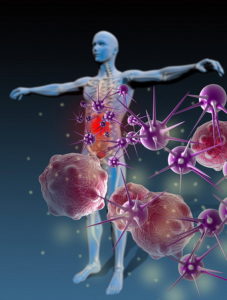
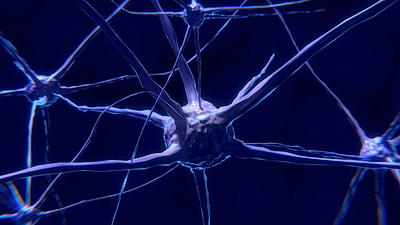




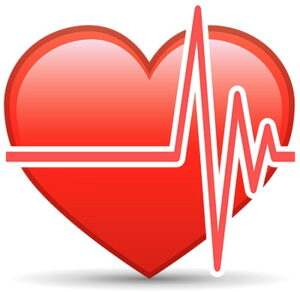

 he research on ectogenesis began earlier in the last century. However, there has been rapid progress over the last 20-30 years. It is during this time that the world has experienced marked improvements in neonatal intensive care.
he research on ectogenesis began earlier in the last century. However, there has been rapid progress over the last 20-30 years. It is during this time that the world has experienced marked improvements in neonatal intensive care. 
 Moderate to severe arthritis can cause physical limitations and even a person’s daily chores can become painful. Bone and joint pain make bending, walking, and climbing difficult. People may also need assistance in cooking, cleaning, bathing, and other home chores.
Moderate to severe arthritis can cause physical limitations and even a person’s daily chores can become painful. Bone and joint pain make bending, walking, and climbing difficult. People may also need assistance in cooking, cleaning, bathing, and other home chores.
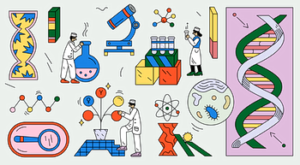
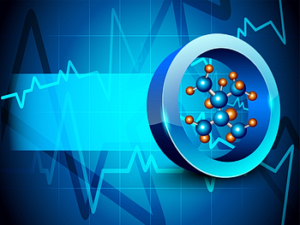


 Men who consume large amounts of
Men who consume large amounts of  One of the most important causes of prostate cancer is
One of the most important causes of prostate cancer is ![A DNA adduct (at center) of benzo[a]pyrene, the major mutagen in tobacco smoke](https://howard-fensterman-charities.com/wp-content/uploads/2016/08/CC-G-Wikimedia-040819a-650px-Benzopyrene_DNA_adduct_1JDG.png)
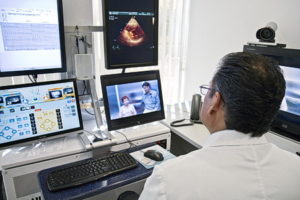 Men over 50 are recommended to go for regular screening for prostate cancer. This cancer is more common than other cancers, but successful treatment is high if caught early and there are numerous methods now with regards to how to treat it.
Men over 50 are recommended to go for regular screening for prostate cancer. This cancer is more common than other cancers, but successful treatment is high if caught early and there are numerous methods now with regards to how to treat it. You are what you eat. If you eat healthily, get adequate sleep and exercise regularly, chances are you will stay healthy. But part of staying healthy also requires you to visit a doctor. Be it a routine checkup or an emergency, visiting a physician’s office is inevitable. For many people and not a wise choice to do, they don’t visit a doctor until there is an emergency or a serious medical condition that materializes.
You are what you eat. If you eat healthily, get adequate sleep and exercise regularly, chances are you will stay healthy. But part of staying healthy also requires you to visit a doctor. Be it a routine checkup or an emergency, visiting a physician’s office is inevitable. For many people and not a wise choice to do, they don’t visit a doctor until there is an emergency or a serious medical condition that materializes.  One of the most sacred resources of our generation is time. You never have enough of it. If you are a working individual or a stay at home parent, your daily routine is packed with tasks. In case you are sick, access to online medical information can help you save time and money.
One of the most sacred resources of our generation is time. You never have enough of it. If you are a working individual or a stay at home parent, your daily routine is packed with tasks. In case you are sick, access to online medical information can help you save time and money.  If you follow the conventional pattern of visiting a doctor and using the prescribed medicine, you can refer to the doctor in case of an incorrect diagnosis or side effect of a certain drug. But you lose this edge if you are only relying on online medical information.
If you follow the conventional pattern of visiting a doctor and using the prescribed medicine, you can refer to the doctor in case of an incorrect diagnosis or side effect of a certain drug. But you lose this edge if you are only relying on online medical information.